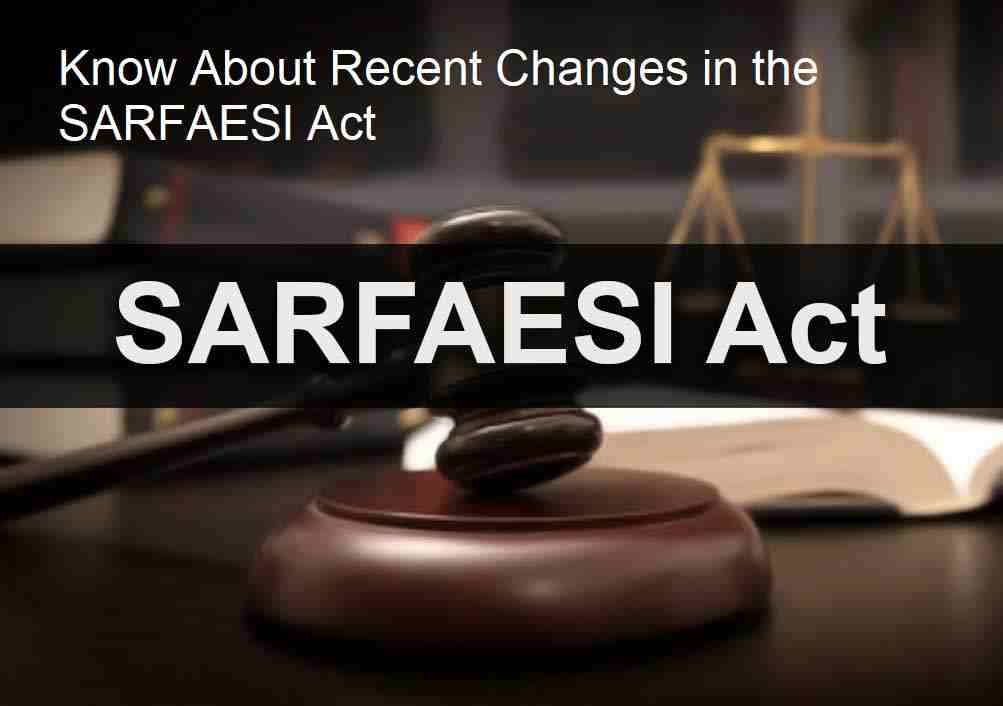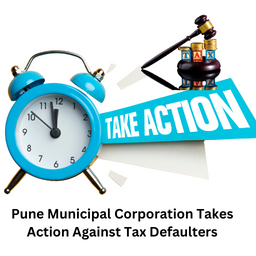Section 33 of the SARFAESI Act shines a spotlight on corporate accountability in the world of debt recovery. Imagine a financial crime being committed, not by a single individual, but by a massive company. This section ensures that responsibility doesn't vanish into the corporate labyrinth – it points the finger directly at those in charge.
Here's how it works:
- The company gets tagged: If a company breaks the Act's rules, the entire entity faces the music. Think of it as the castle facing siege if the drawbridge guard falls asleep.
- But individuals aren't off the hook: The section identifies those "in charge" of the company's conduct. These could be CEOs, directors, managers, or any other key figures wielding the reins. They, too, stand accused alongside the company itself.
- Good faith gets a pass: However, not everyone gets thrown into the dungeon! Individuals can escape punishment if they prove they were either totally clueless about the offense or did everything in their power to stop it. Think of it as a "get out of jail free" card for those who acted responsibly within the chaotic corporate castle.
- Neglectful leaders face consequences: This doesn't let negligent bosses off the hook. If an offense happens with their "consent, connivance, or neglect," they become co-conspirators in the financial crime. No turning a blind eye and claiming innocence here!
This section serves several important purposes:
- Holds corporations accountable: It prevents companies from using their size and complexity as shields for wrongdoing. Every cog in the machine, from the CEO to the manager, is responsible for ethical conduct.
- Protects innocent individuals: The "good faith" clause ensures that those who genuinely tried to stop the offense don't suffer the consequences alongside the guilty.
- Promotes a culture of compliance: By putting everyone on the line, the section encourages companies to prioritize ethical practices and adhere to the Act's regulations.
In essence, Section 33 acts as a powerful deterrent against corporate malfeasance within the SARFAESI Act. It creates a system of shared responsibility, holding both the company and its key figures accountable for their actions while offering protection to those who acted with good faith. This promotes a more ethical and compliant environment within the debt recovery framework, ultimately benefiting everyone involved



